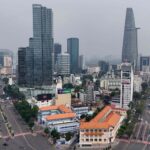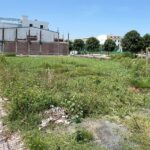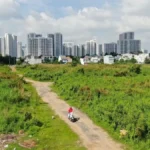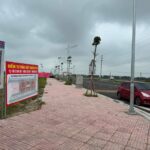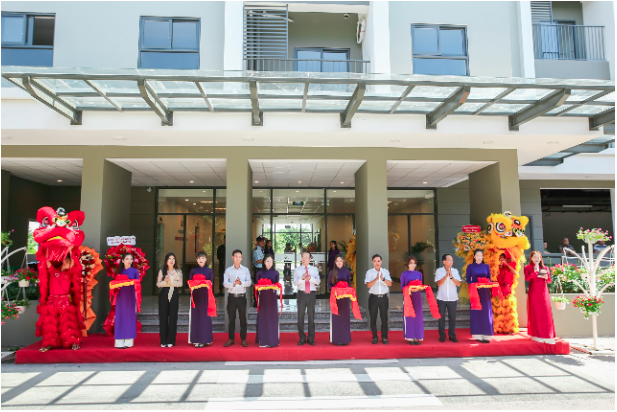A family in An Nhon town, Binh Dinh province, recently reached out to the Ministry of Agriculture and Environment with a concern. They shared their difficulty in subdividing or constructing separate houses for their children, despite owning land with a red book and no disputes. The issue stems from the fact that their house, built in 2006, exceeds the residential land area specified in their Land Use Right Certificate.
According to the information provided, Mr. Dang Quang Hien’s family owns a plot of land exceeding 2,000 square meters, which was transferred to his father by his grandfather. This plot of land was granted a Land Use Right Certificate in 2006, with only 40 square meters designated as rural residential land, while the remaining area was classified as land for long-term tree planting. In the same year, Mr. Hien’s father constructed a solid house spanning approximately 100 square meters on this land.
However, when Mr. Hien wanted to subdivide the land in 2020 to gift a portion to his children for building their own houses, the Land Registration Office refused to accept the application. The reason given was that the house exceeded the residential land area by 60 square meters, making it impossible to create a subdivision plan, change the land use purpose, or modify or split the certificate.
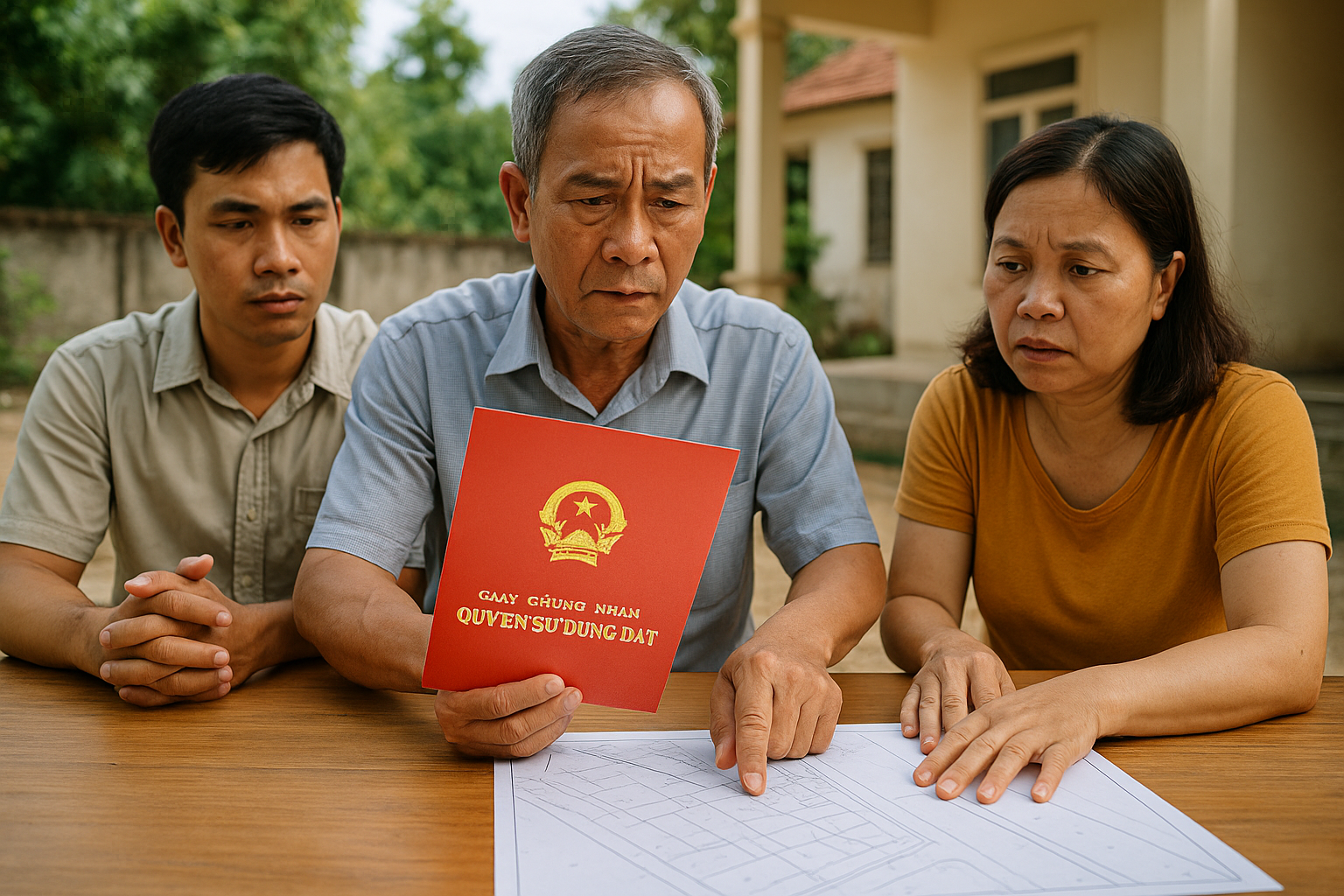
Illustrative image.
The family has made multiple attempts to resolve the issue with local authorities but has not received specific guidance. Meanwhile, their children are unable to build their own houses on the inherited land, despite the land having proper legal documentation and no disputes.
In light of this situation, Mr. Hien inquires about the possibility of converting the land for long-term tree planting to residential land and legalizing the portion of the house that exceeds the permitted 60 square meters. He also asks if, considering that the house was built over 15 years ago, it could be considered for residential land allocation based on its current state, thereby facilitating land subdivision and providing stable housing for his children.
In response to Mr. Hien’s queries, the Ministry of Agriculture and Environment provided the following feedback: According to Clause 5, Article 116 of the 2024 Land Law, converting land for long-term tree planting within residential areas to residential land must comply with the approved district-level land use planning or the general, sub-planning as stipulated by the competent authority.
The specific procedures for applying for land-use conversion are outlined in Article 44 of Decree No. 102/2024/ND-CP. Additionally, the decree’s Article 12 and related provisions detail the allocation limits for residential land and the timeframe for completing the relevant administrative procedures.
Significantly, the Ministry emphasizes that according to Clause 1, Article 5, and Clause 1, Article 31 of the 2024 Land Law, land users are obligated to use the land for its intended purpose and within the boundaries of the land lot. Constructing a house that exceeds the residential land area specified in the certificate is a violation of land laws and may result in administrative sanctions as per Decree No. 123/2024/ND-CP.
Regarding the legalization of the house built in 2006, the Ministry of Agriculture and Environment refers to Article 139 of the 2024 Land Law, which provides guidelines for resolving land law violations that occurred before July 1, 2014. Detailed handling guidelines are outlined in Clause 3 and Clause 6, Article 25 of Decree No. 101/2024/ND-CP.
According to these provisions, Mr. Hien’s household may be considered for the granting of a Land Use Right Certificate based on the current state of the land, provided that they meet the conditions regarding the duration of land use and the absence of disputes. However, to apply these regulations, Mr. Hien needs to directly contact the Department of Agriculture and Environment of An Nhon town, which is the competent authority for resolving such matters at the local level.
“How to Rezone Agricultural Land for Residential Use”
“The 2024 Land Law sets out a clear framework for converting agricultural land use within residential areas. This process is guided by district-level land-use planning, as well as urban planning regulations approved by the relevant authorities. These plans could be in the form of master plans or sub-zone plans, providing a comprehensive framework for sustainable development.”
“Hanoi Proposes Renaming Tuoi Tre Thu Do Park to Vo Thi Sau Memorial Park”
The 26.4-hectare Youth Capital Park, located in the heart of Hai Ba Trung District, Hanoi, is proposed to be renamed Vo Thi Sau Park. This beautiful green space sits in a prime location and is a beloved spot for many locals and visitors alike. With its potential new name, the park honors a Vietnamese hero, Vo Thi Sau, who bravely fought for her country’s independence. The name change is currently open for discussion, and the community’s input is valued in this decision-making process.
The Big Apple’s New Timeline for Land-Related Financial Obligations
The People’s Committee of Ho Chi Minh City has issued Decision 72/2025, outlining a streamlined process for managing and transferring dossiers related to land-based financial obligations within the city.


